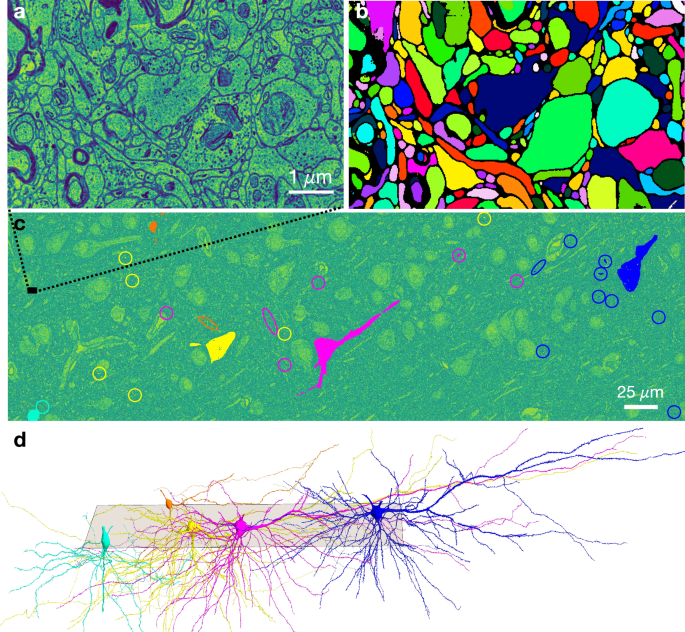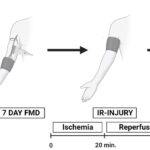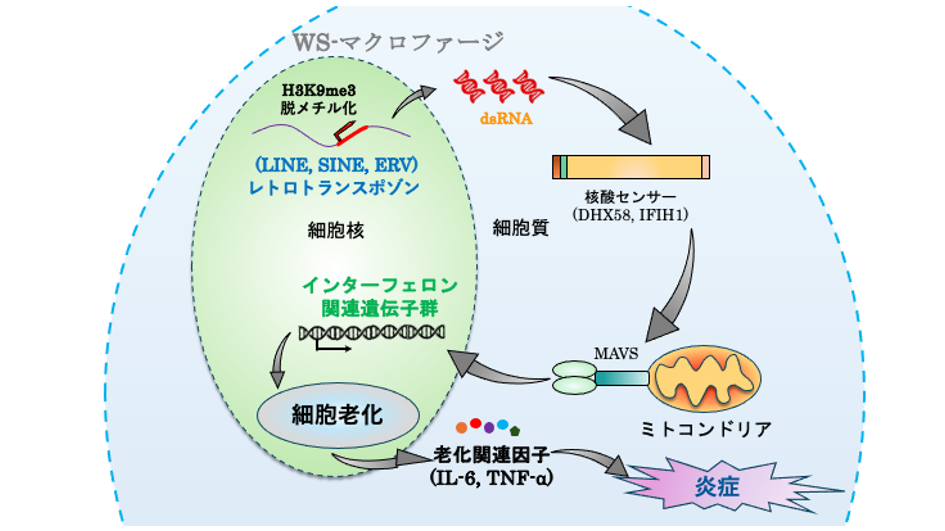2024-06-10 ノースウェスタン大学
<関連情報>
- https://news.northwestern.edu/stories/2024/06/brains-structure-hangs-in-a-delicate-balance/
- https://www.nature.com/articles/s42005-024-01665-y
脳の細胞解剖学の普遍的側面を解明 Unveiling universal aspects of the cellular anatomy of the brain
Helen S. Ansell & István A. Kovács
Communications Physics Published:10 June 2024
DOI:https://doi.org/10.1038/s42005-024-01665-y

Abstract
Recent cellular-level volumetric brain reconstructions have revealed high levels of anatomic complexity. Determining which structural aspects of the brain to focus on, especially when comparing with computational models and other organisms, remains a major challenge. Here we quantify aspects of this complexity and show evidence that brain anatomy satisfies universal scaling laws, establishing the notion of structural criticality in the cellular structure of the brain. Our framework builds upon understanding of critical systems to provide clear guidance in selecting informative structural properties of cellular brain anatomy. As an illustration, we obtain estimates for critical exponents in the human, mouse and fruit fly brains and show that they are consistent between organisms, to the extent that data limitations allow. Such universal quantities are robust to many of the microscopic details of the cellular structures of individual brains, providing a key step towards generative computational models of the cellular structure of the brain, and also clarifying in which sense one animal may be a suitable anatomic model for another.


